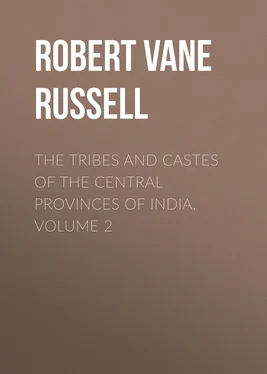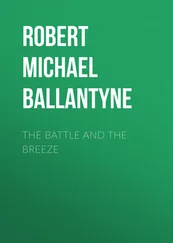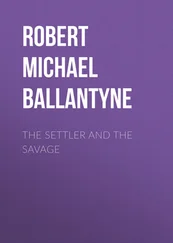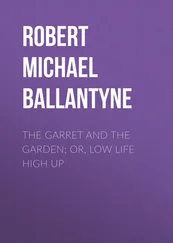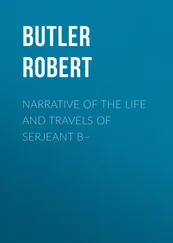Dalton’s Ethnology of Bengal , p. 322.
This article is mainly based on a paper on Aghoris and Aghorpanthis , by Mr. H. W. Barrow, in the Journal Anthr. Soc. Bombay , iii. p. 197.
Bhattachārya, Hindu Castes and Sects , p. 392.
Aghoris and Aghorpanthis , pp. 224, 226.
Page 208.
The Tribune (Lahore), November 29, 1898, quoted in Oman’s Mystics, Ascetics and Saints of India , pp. 164, 165.
Studies of Indian Life and Sentiment , p. 44.
The information about birth customs in this article is from a paper by Mr. Kālika Prasād, Tahsīldār, Rāj-Nandgaon State.
Go , gau or gai , an ox or cow, and pāl or pālak , guardian.
Ind. Ant. (Jan. 1911), ‘Foreign Elements in the Hindu Population,’ by Mr. D. R. Bhandarkar.
Elliot, Supplemental Glossary , s.v. Ahīr.
Early History of India , 3rd ed. p. 286.
Elliot, ibidem.
Bombay Monograph on Ahir.
Elliot, ibidem.
Central Provinces Gazetteer (1871), Introduction.
Linguistic Survey of India , vol. ix. part ii. p. 50.
Bombay Ethnographic Survey.
Quoted in Tribes and Castes of Bengal , art. Goāla.
Rājasthān , ii. p. 639.
Gokul was the place where Krishna was brought up, and the Gokulastha Gosains are his special devotees.
Behind the Bungalow.
Eastern India , ii. p. 467.
Buchanan, Eastern India , ii. pp. 924, 943.
This article is mainly based on a paper by Mr. W. S. Slaney, E.A.C., Akola.
Berār Census Report (1881).
Tribes and Castes , art. Arakh.
Cajanus indicus.
Berār Census Report (1881), p. 157.
Based on papers by Mr. Bijai Bahādur Royzāda, Naib-Tahsīldār Hinganghāt, and Munshi Kanhya Lāl of the Gazetteer office.
A preparation of raisins and other fruits and rice.
The ordinary tola is a rupee weight or two-fifths of an ounce.
Jasminum zambac.
Michelia champaca.
Phyllanthus emblica.
Report on the Badhak or Bāgri Dacoits and the Measures adopted by the Government of India for their Suppression , printed in 1849.
Sleeman, p. 10.
Sleeman, p. 10.
Sleeman, p. 57.
Sleeman, p. 95.
Sleeman, p. 231.
Sleeman, p. 217.
Sleeman, p. 20.
Sleeman, p. 21.
Sleeman, p. 81.
Sleeman, p. 82.
Sleeman, p. 152.
Sleeman, p. 127. This passage is from a letter written by a magistrate, Mr. Ramsay.
Sleeman, p. 129.
Sleeman, p. 112.
Sleeman, p. 124.
Sleeman, p. 125.
Sleeman, p. 147.
Sleeman, p. 104.
Sleeman, p. 110.
Sleeman, p. 131.
Sleeman, p. 205.
Sleeman, p. 106.
Malcolm’s Memoir of Central India , ii. p. 479.
Crooke’s Tribes and Castes , art. Bāwaria.
Sirsa Settlement Report.
It would appear that the Gujarāt Vāghris are a distinct class from the criminal section of the tribe.
Bombay Gazetteer , Gujarāt Hindus , p. 514.
Art. Bawaria, quoting from North Indian Notes and Queries , i. 51.
Bombay Gazetteer , Hindus of Gujarāt , p. 574.
Gunthorpe’s Criminal Tribes .
Criminal Classes in the Bombay Presidency , p. 151.
Gunthorpe’s Criminal Tribes , art. Badhak.
C. P. Police Lectures , art. Badhak.
Art. Bāwaria, para. 12.
Criminal Classes in the Bombay Presidency , p. 179.
Kennedy, loc. cit. p. 208.
Kennedy, loc. cit. p. 185.
This article is partly based on a paper by Munshi Kanhya Lāl of the Gazetteer office.
Sir B. Robertson’s C.P. Census Report (1891), p. 203.
Punjab Census Report (1881), paras. 646, 647.
Nāsik Gazetteer , pp. 84, 85.
Crooke’s Tribes and Castes , art. Bahna.
The word Achera is merely a jingle put in to make the rhyme complete. Kachera is a maker of glass bangles.
This article is based largely on a monograph by the Rev. J. Lampard, missionary, Baihar, and also on papers by Muhammad Hanīf Siddīqi, forest ranger, Bilāspur, and Mr. Muhammad Ali Haqqāni, B.A., Tahsīldār, Dindori. Some extracts have been made from Colonel Ward’s Mandla Settlement Report (1869), and from Colonel Bloomfield’s Notes on the Baigas .
In Bengal the Bhumia or Bhumīj are an important tribe.
Colonel Ward’s Mandla Settlement Report (1868–69), p. 153.
Shorea robusta.
Jarrett’s Ain-i-Akbari , vol. ii. p. 196.
Colonel Ward gives the bride’s house as among the Gonds. But inquiry in Mandla shows that if this custom formerly existed it has been abandoned.
Читать дальше
